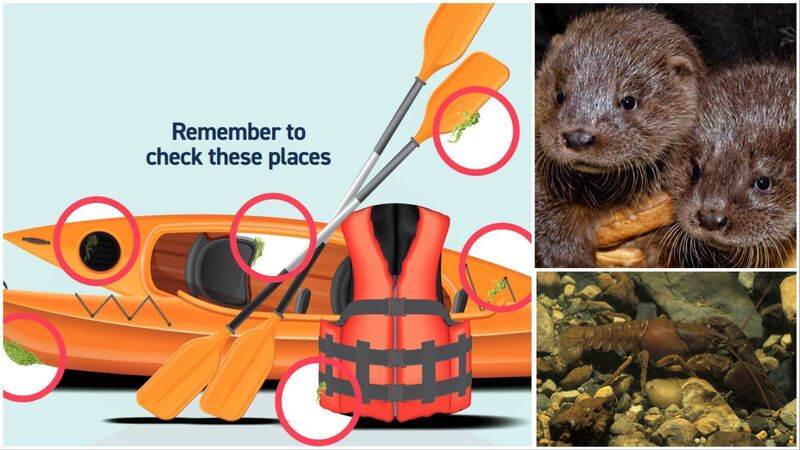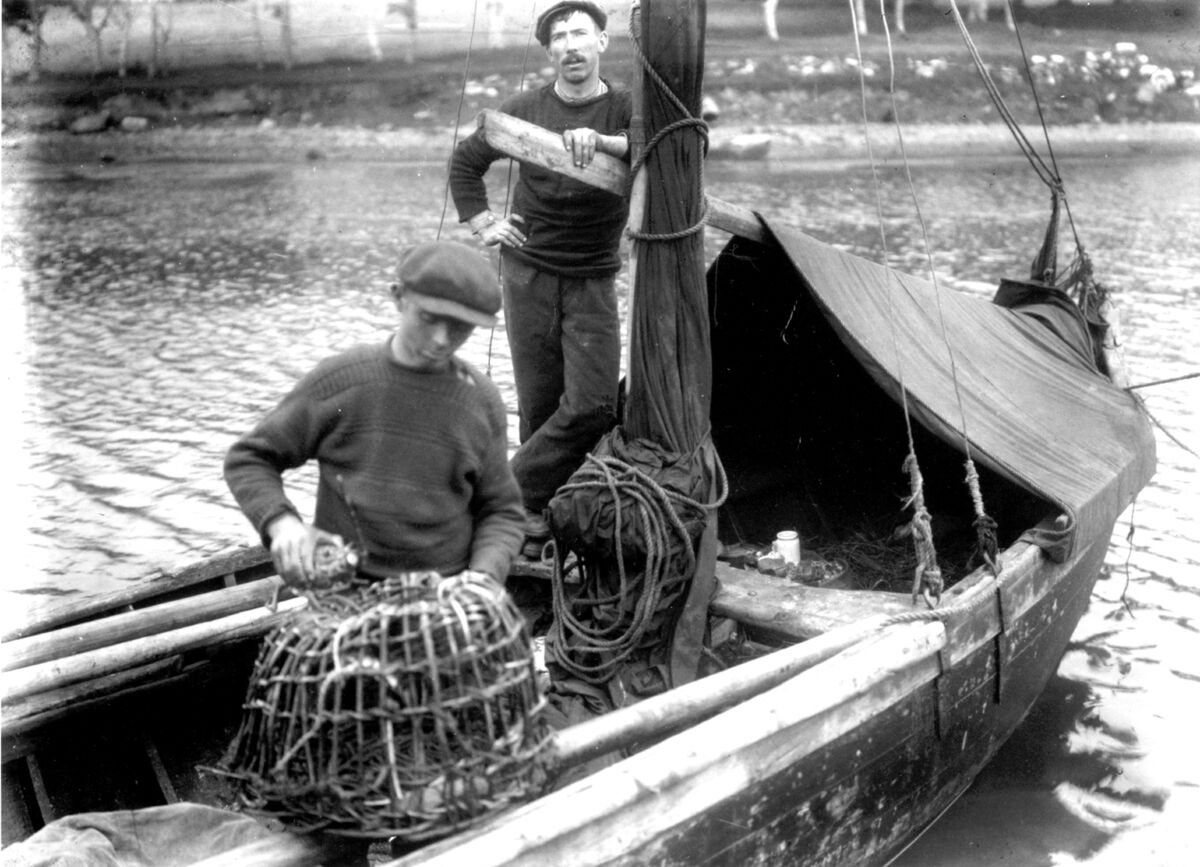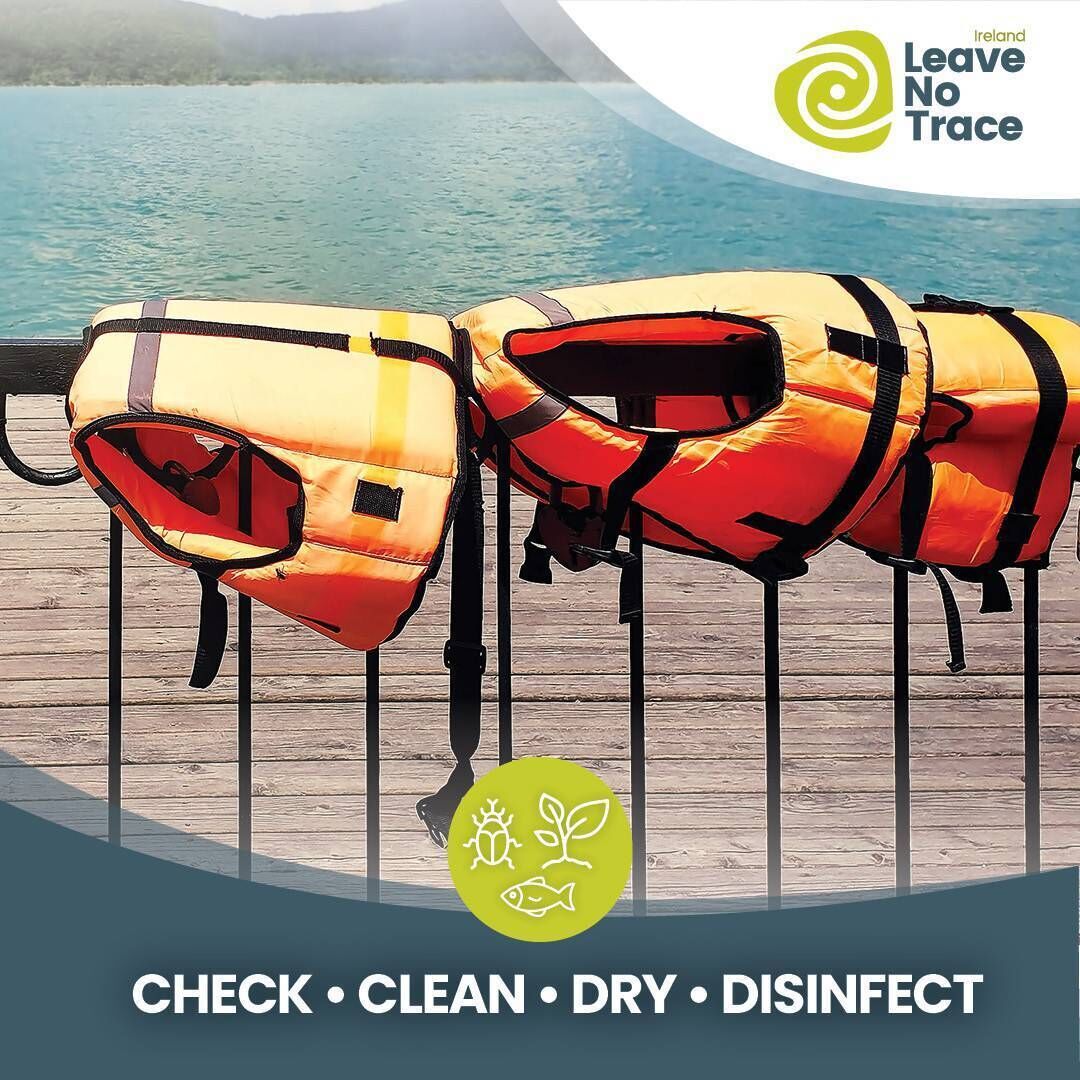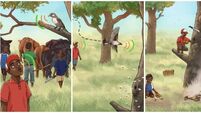Anja Murray: Why it's vital to banish crayfish plague

Kayakers, anglers, and other recreational water users are being urged to take precautions across the Munster Blackwater catchment, including thorough cleaning and disinfecting of all boating and other equipment, to stop crayfish plague spreading. Crayfish are a favourite food item for otters.Trout, eel, and perch also eat young crayfish
Crayfish are a funny little animal, more lobster than fish. They are freshwater relatives of the marine lobsters, and like lobsters, Crayfish have a hard outer shell and big front crablike claws.
It is this hard outer shell that means crayfish can only survive in calcium-rich waters, such as where rivers and lakes are underlain by limestone. Calcium is the main component of this outer shell, which they shed and grow afresh throughout their lives — so crayfish don’t fare well in acidic rivers or mountain lakes where calcium is on short supply.
There are more than 300 different crayfish species in North America, though in Ireland only one species is considered native — the ‘white-clawed crayfish’. Adults measure about 10 centimetres from the tip of their tail to the front of their head. Ranging from deep brown to olive green and pale fawn, their colours generally blend in well with the stony substrate of the rivers and lakebeds where they live. There they graze upon aquatic plants and scout about for crunchy aquatic beetles, water snails, tadpoles, and whatever else is available.
Crayfish, in turn, are a favourite food item for otters. Studies show that crayfish, where they occur, make up the bulk of otter diets. Trout, eel, and perch also eat young crayfish, intriguingly undeterred by the hard outer exoskeleton.
Because a healthy population of crayfish helps sustain healthy populations of otters, white-clawed crayfish are considered a keystone species in these ecosystems. They are classified as a globally-threatened species as populations throughout Europe have been in decline, largely as a result of rapidly spreading crayfish plague. Ireland holds one of the largest surviving populations. If they are wiped out, the effects of their loss would ricochet through freshwater aquatic ecosystems.
This is why there is now huge concern about another outbreak of ‘crayfish plague’ in Ireland, detected in early July on the River Blackwater. The plague is caused by a fungus-like organism and tends to cause 100% fatality of white–clawed crayfish where it occurs. One outbreak of crayfish plague on a river in County Cavan in 2015 (the first known outbreak in Ireland) killed the entire crayfish population of that river.
In 2017 when the plague hit the River Suir, 300,000 crayfish were killed off, nearly overnight. The plague probably would have spread further upriver if local authorities and recreational users hadn’t responded so quickly. Crayfish plague can be easily spread by canoeists, anglers, and other recreational water users, as spores attach themselves to wellies, wetsuits, fishing rods, nets, boats, oars, waders, and even just wet clothes. When the same gear is then used in another river elsewhere, the plague spreads and can quickly infect a whole new river system.
But in 2017 a rapid and well-coordinated reaction from the council and the community managed to contain the plague. River-based events were cancelled, new procedures adopted by canoeists and anglers, and signs were put up along the affected stretches of river informing people about risks and actions needed to curb the plague. These efforts paid off and the disease was successfully contained in several rivers in the southeast.
One unusual crayfish trait is that females carry their eggs around until they hatch into tiny little crayfish, after which the baby crayfish remain with their mother for several weeks. Now, just as baby crayfish are fledging during July and August, this latest outbreak of crayfish plague will be severe. It is expected to kill all the white-clawed crayfish across the entire Blackwater system, with serious implications for the wildlife who depend on crayfish.
Kayakers, anglers, and other recreational water users are being urged to take precautions across the Munster Blackwater catchment, including thorough cleaning and disinfecting of all boating and other equipment, to stop the plague spreading. Procedures are all outlined in the ‘ Check, Clean and Dry’ protocol.
Everyone fishing, swimming, or using any kind of river boats should be checking all gear for any silt, mud, plant material, or animals before thoroughly cleaning and drying the gear. Disinfectant or hot water (above 40°Celsius) should be used to clean all equipment, followed by a minimum 48-hour drying period (preferably several days or up to a week). Because the spores need a wet environment to survive, properly drying gear out for several days is necessary to clear all gear of any spores that might have landed. Without these precautions, the plague will be carried to new sites and wipe out the entirety of white-clawed crayfish population in additional river systems.

Interestingly, there are no records of white-clawed crayfish in Ireland before about 1,100 AD — thus it was assumed that they were brought over by British settlers in the 12th century. However, recent genetic studies have revealed that wild crayfish in Irish streams and rivers are genetically identical to those of western France. It seems likely that crayfish were brought here by French monastics, in particular the Cistercians, prior to the Norman invasion of Ireland.
Before long, the crayfish farmed and contained in specially constructed ponds in abbeys and monastic sites escaped into local streams and rivers. They slotted easily into familiar ecosystems, thriving on a good supply of small aquatic animals and in turn providing sustenance for native wildlife such as otters and herons. Because our ecosystems are similar in many ways to those of Britain and continental Europe, crayfish have not become invasive here nor caused any of the ecological problems that newly introduced species sometimes can.

Now European populations of crayfish are facing extinction from pollution and crayfish plague, and Ireland, posted out on the edge of Europe, is one of this species' last strongholds. Without them, food webs will be much poorer. Containing the plague is now crucial for the survival of white-clawed crayfish and all who depend on them.








